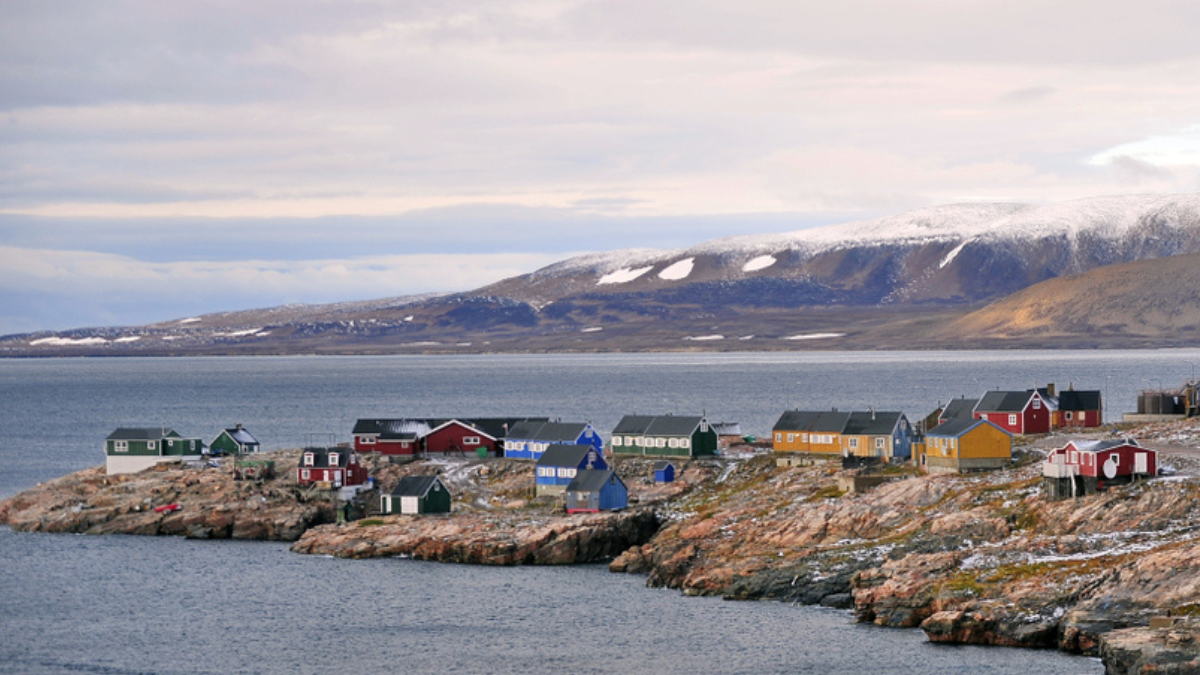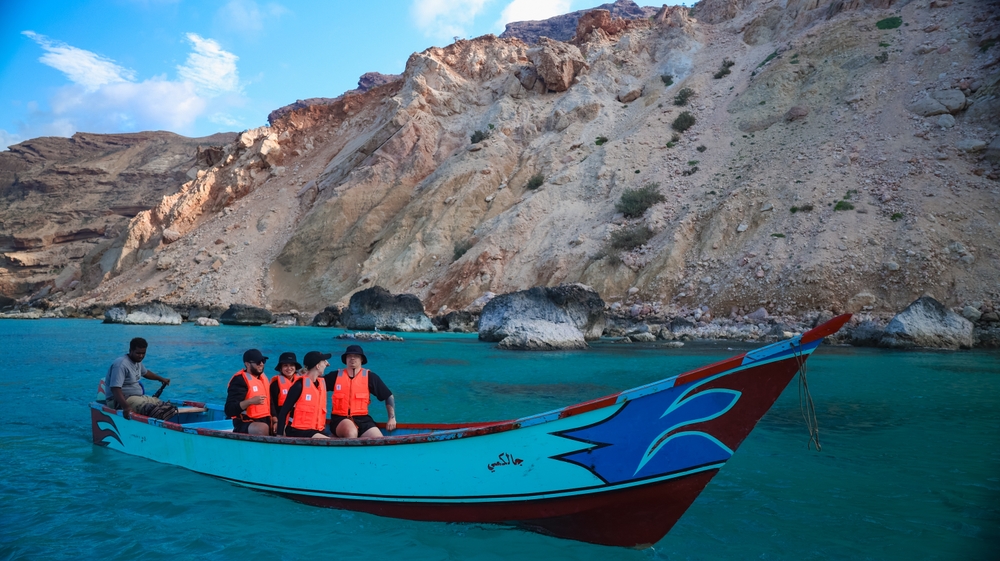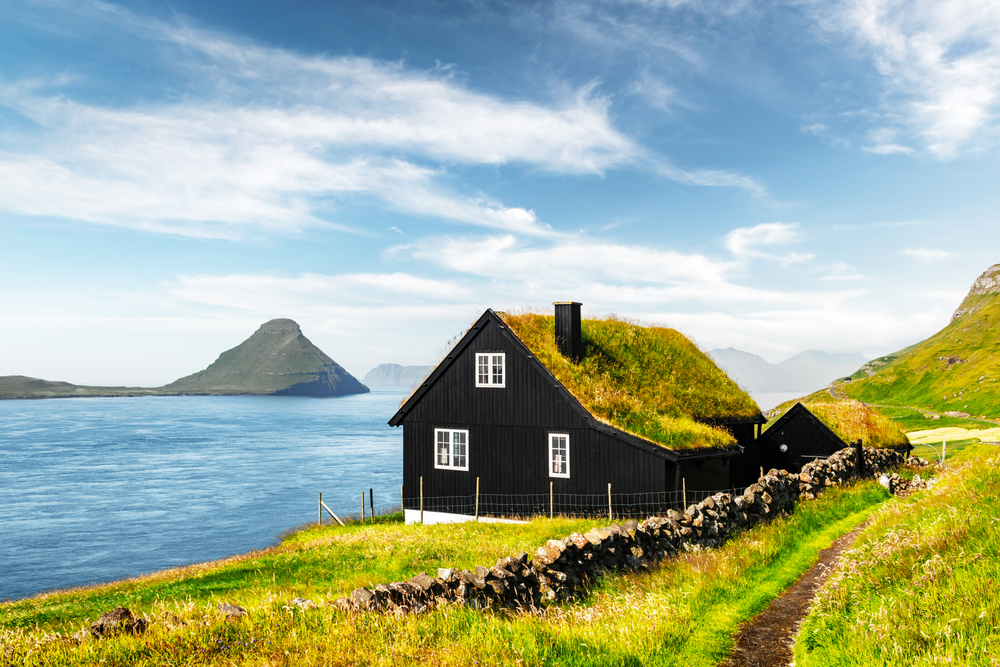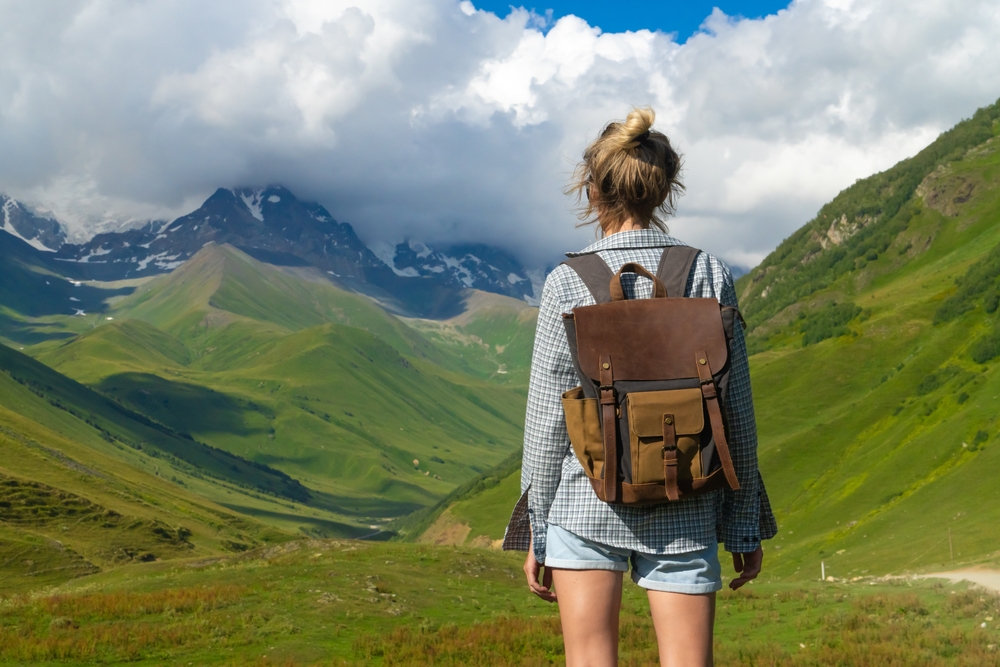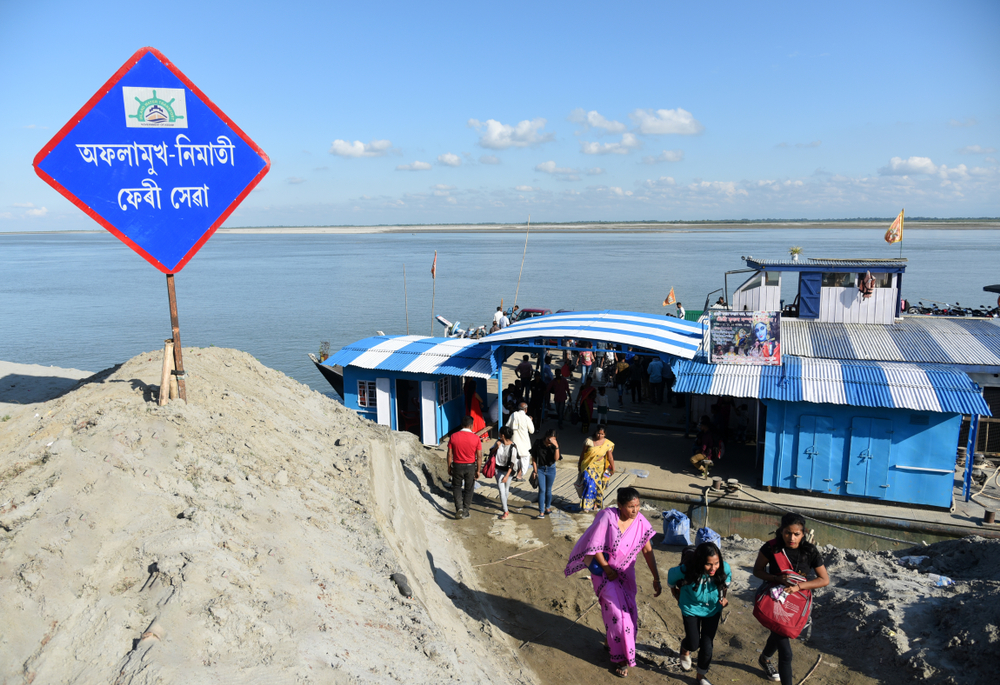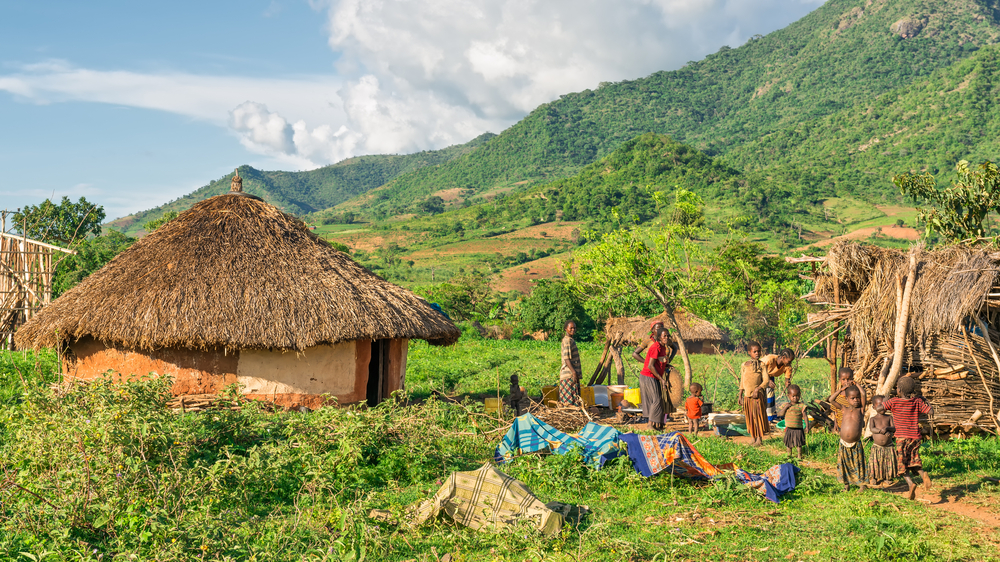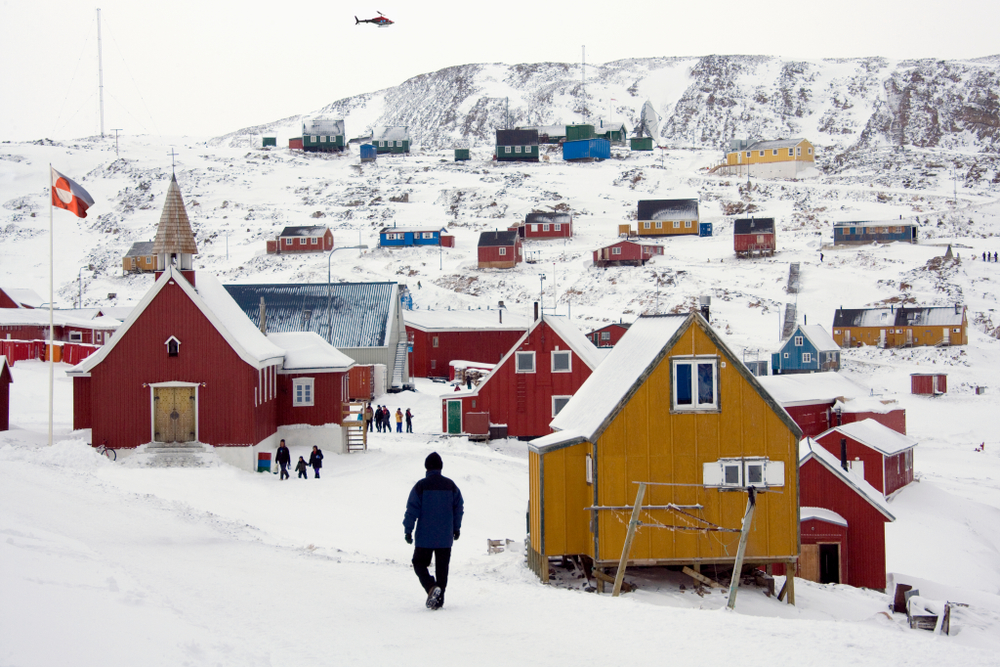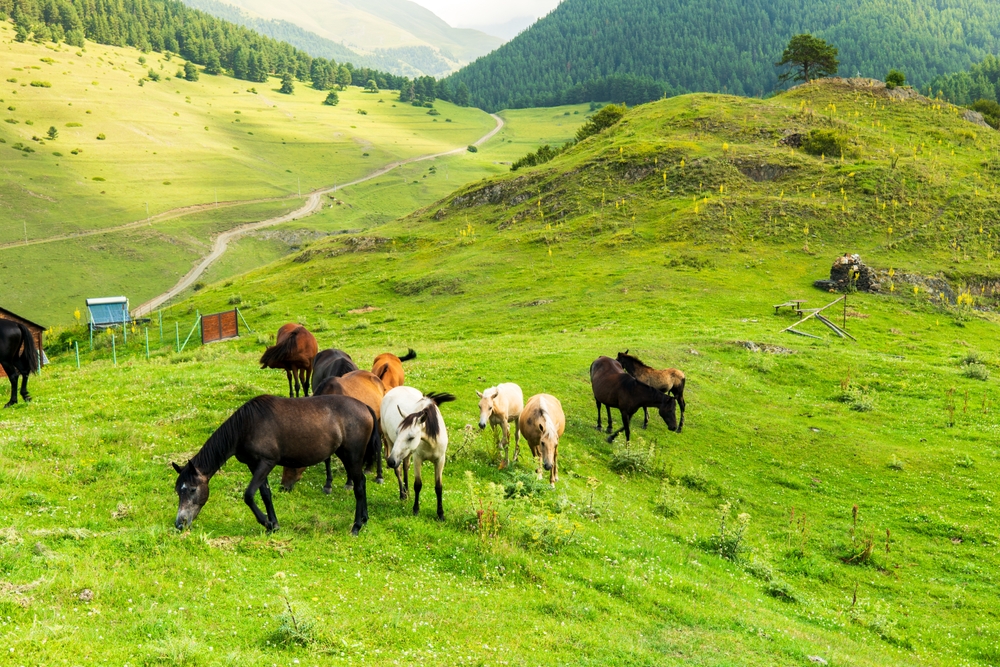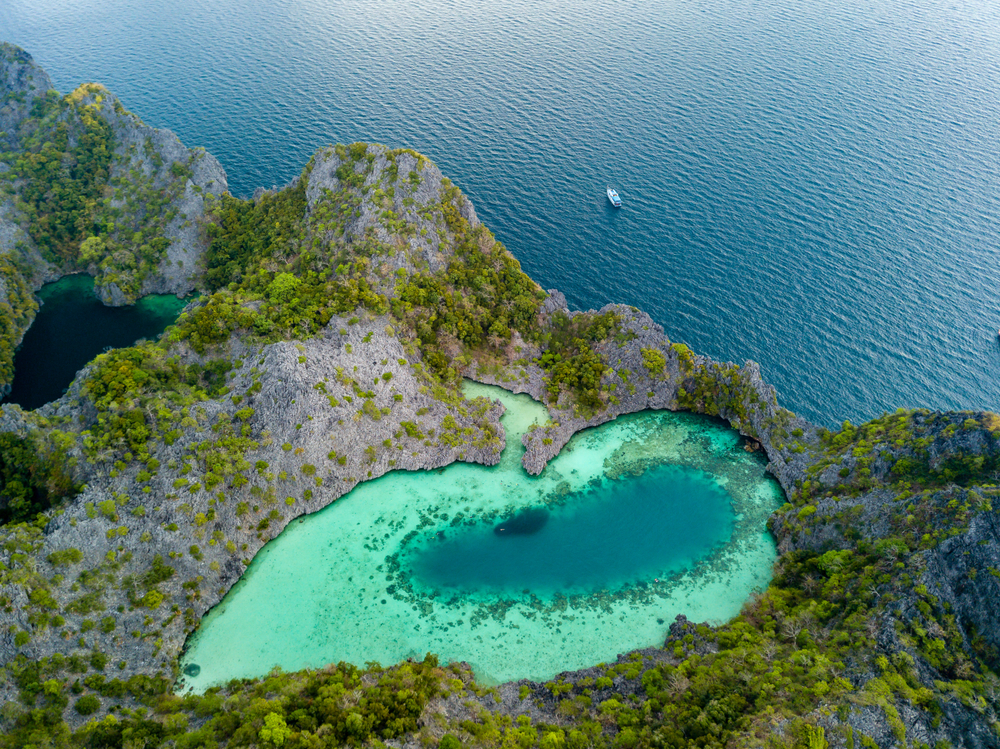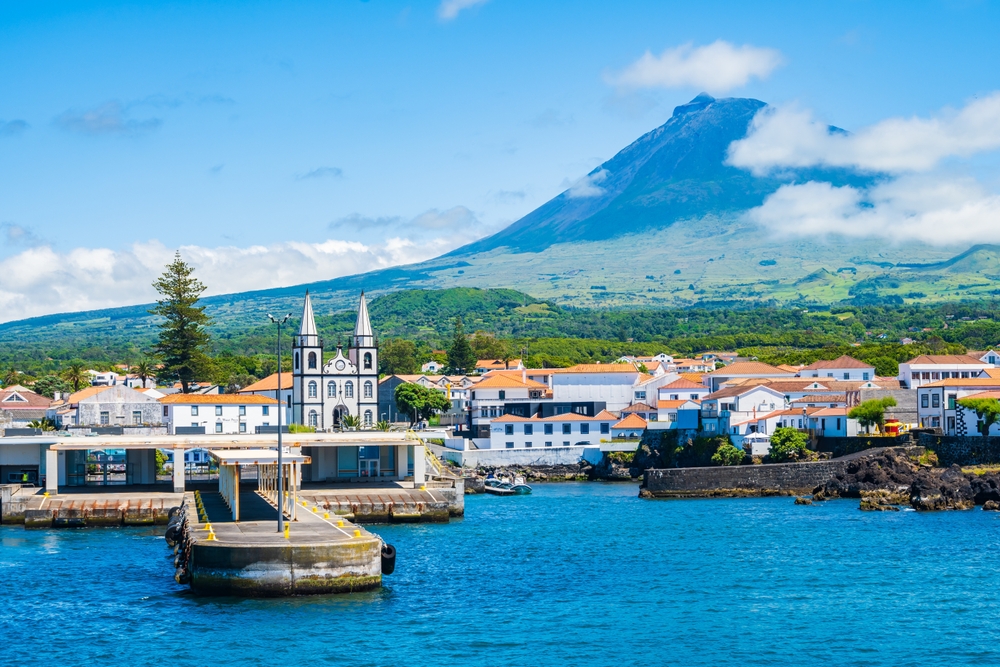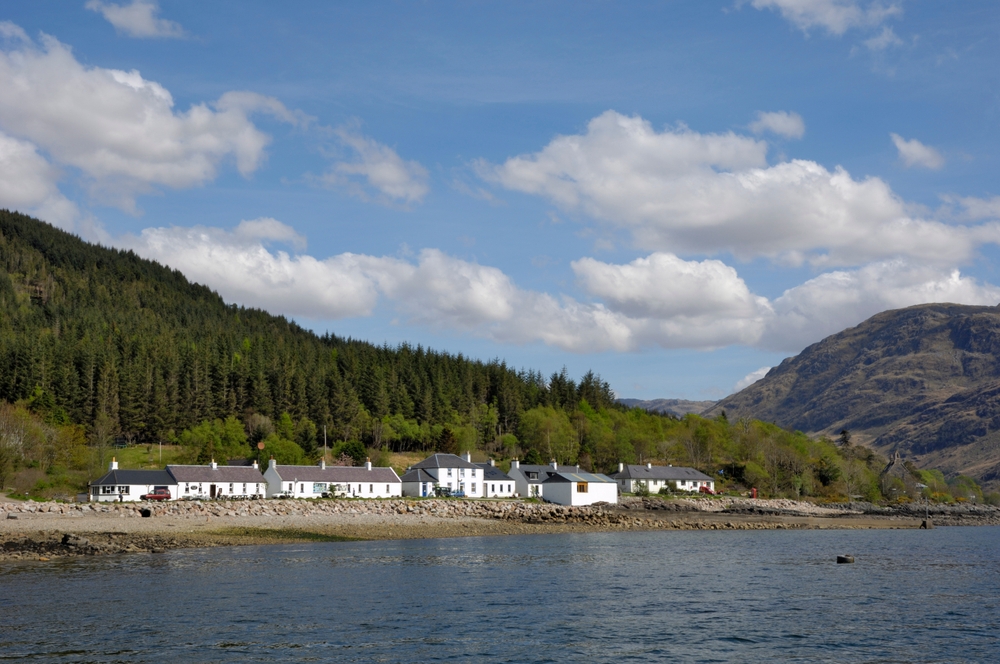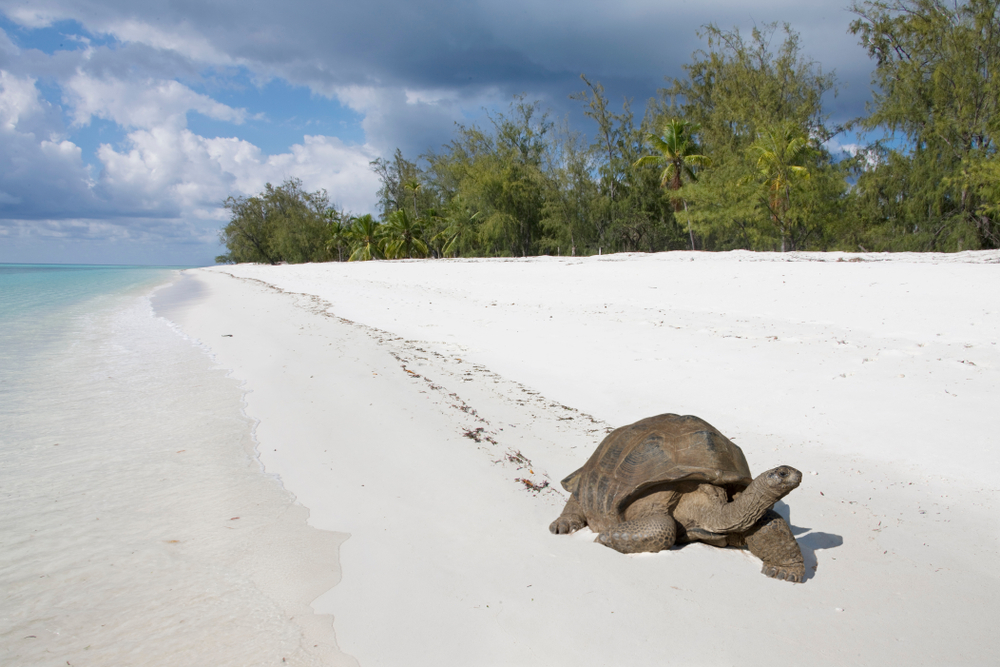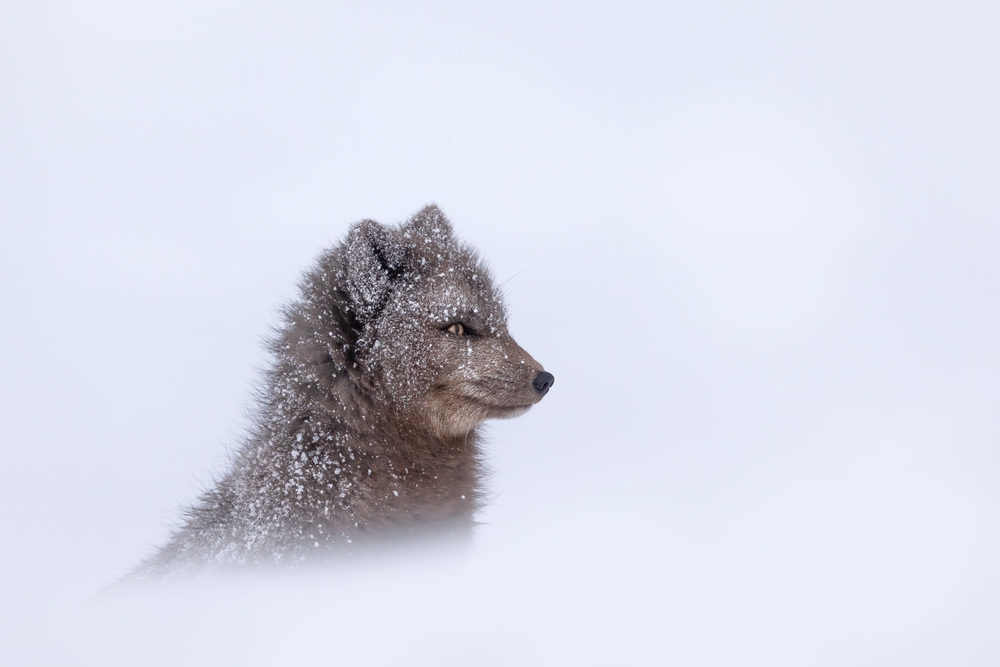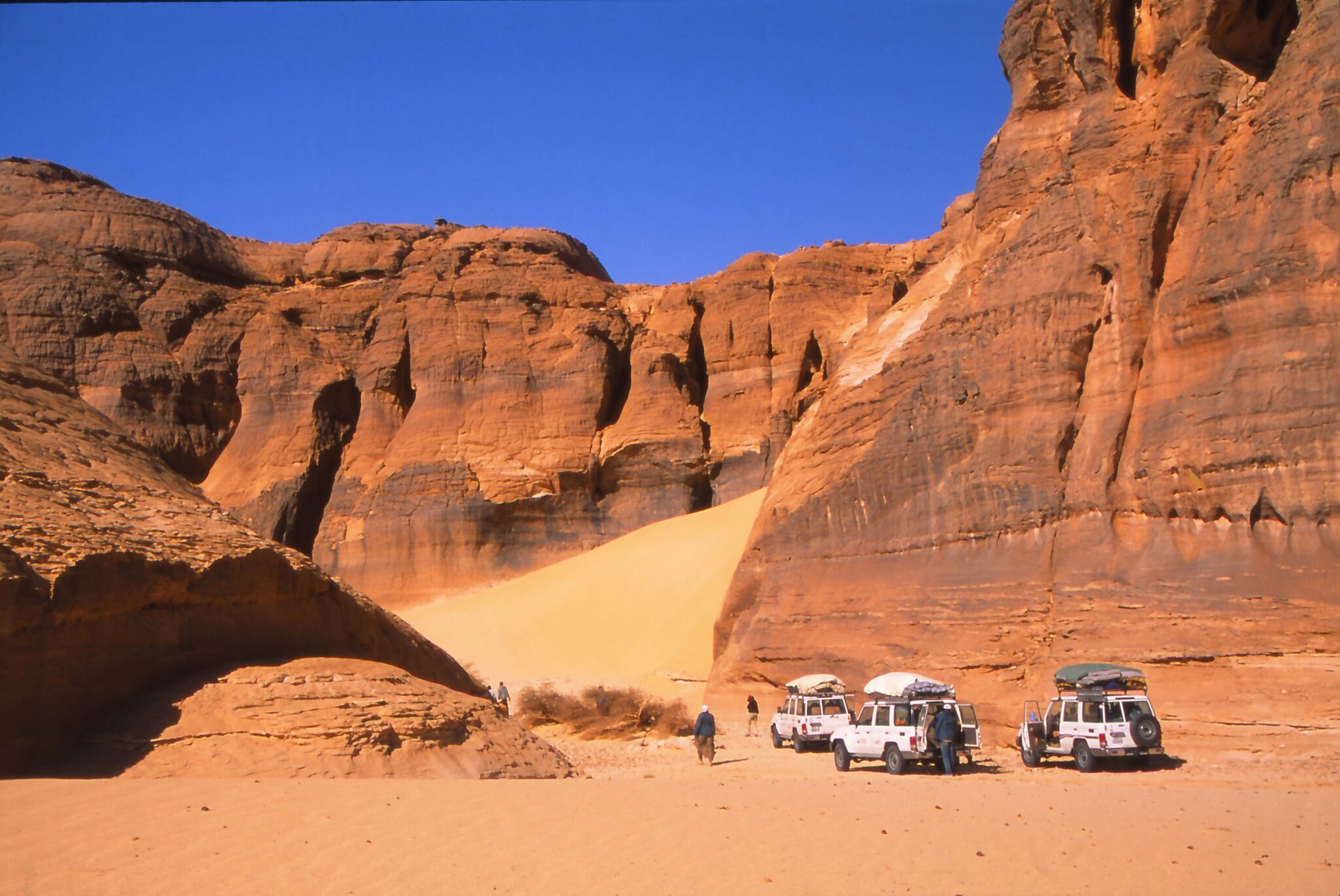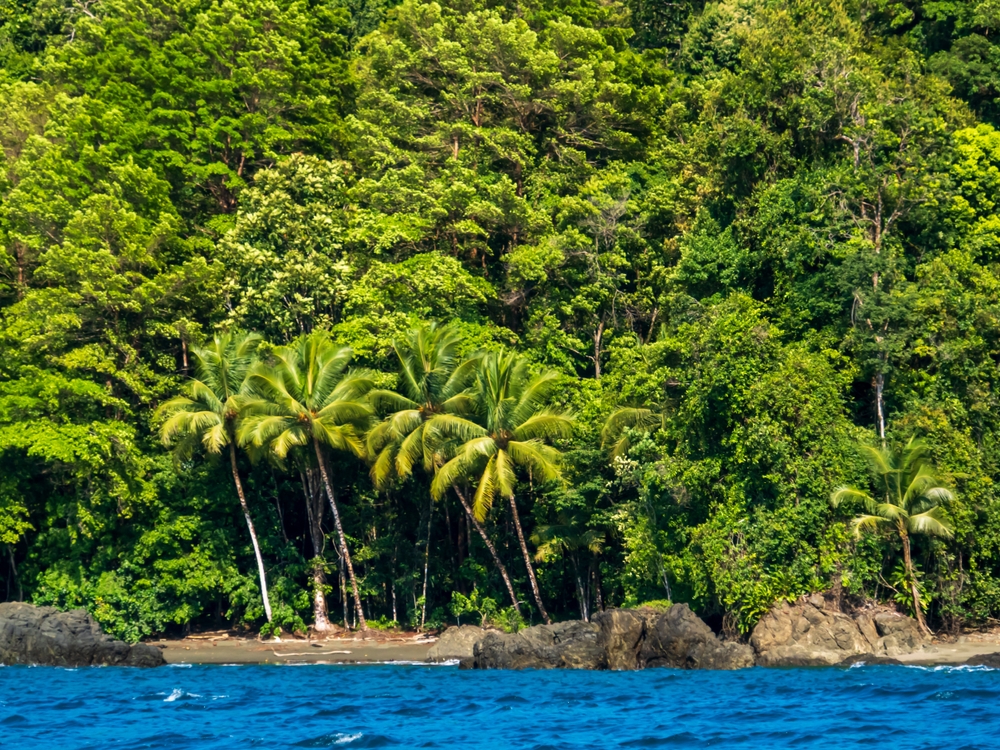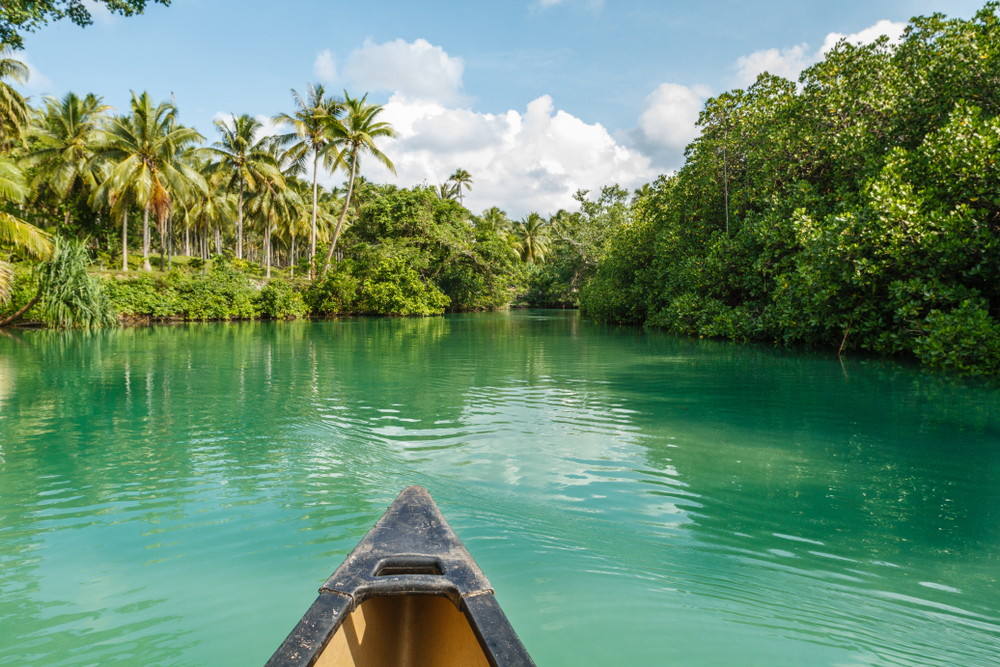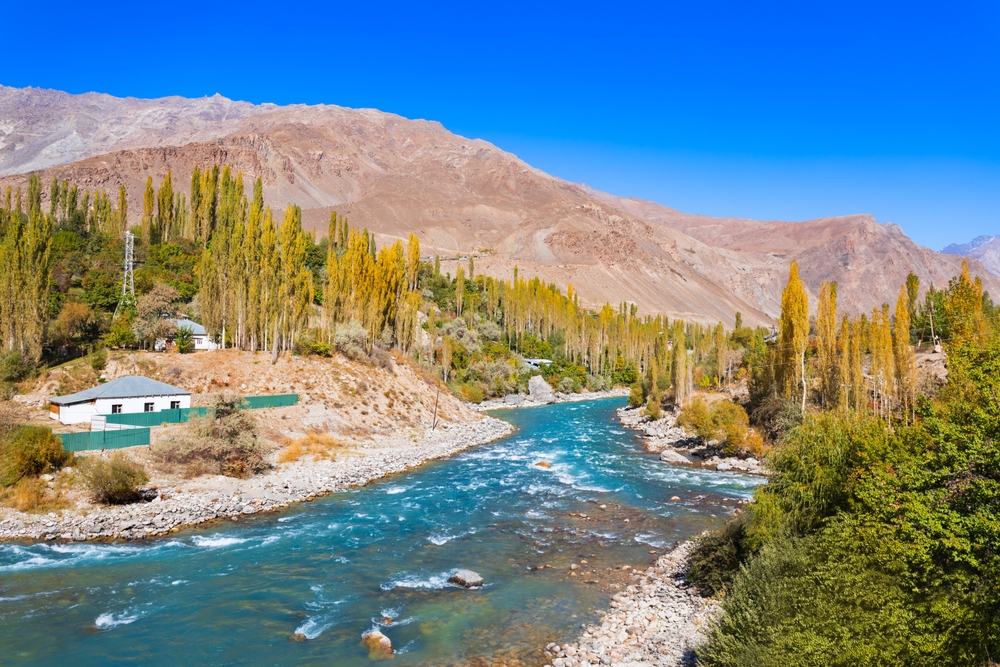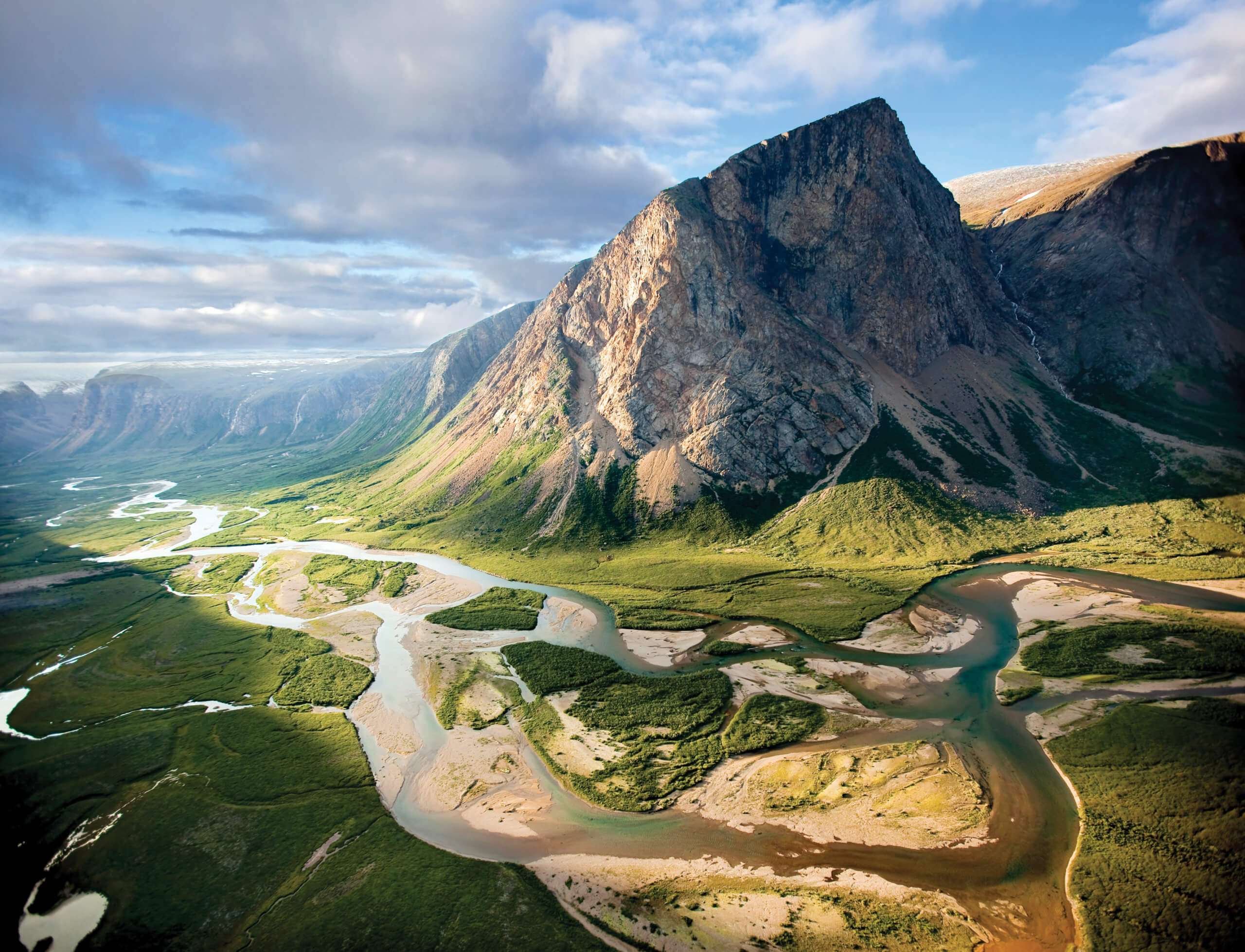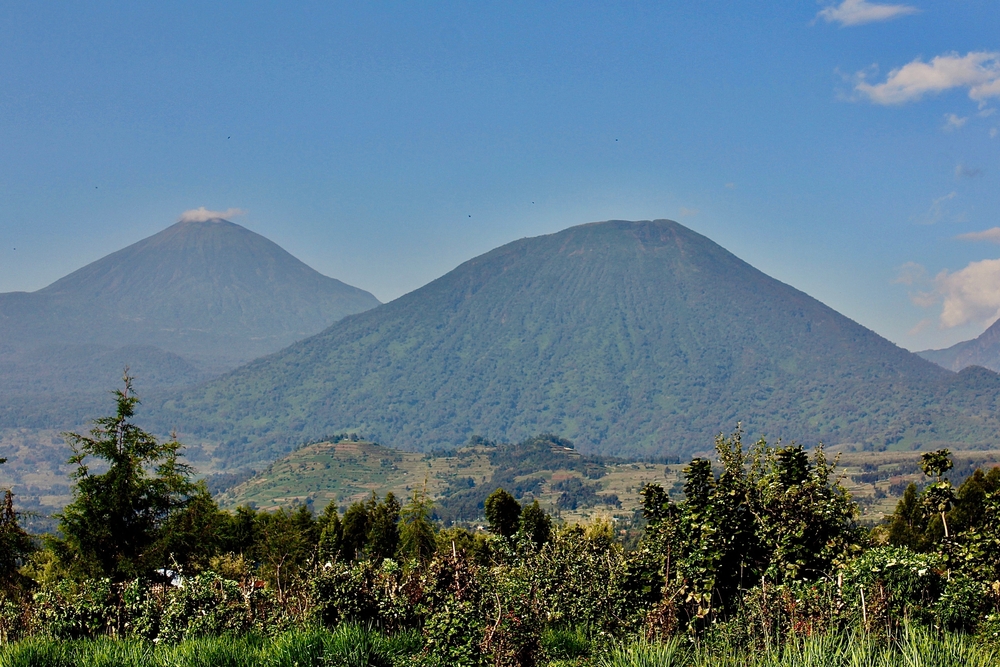In a world where Instagram influencers seem to be everywhere, some magical places still remain hidden from the crowds. These secret spots offer authentic experiences without selfie sticks or long lines. If you’re looking to escape the beaten path and discover places where locals outnumber tourists, these destinations will transport you to a simpler, more genuine way of travel.
1. Socotra Island, Yemen
Otherworldly landscapes await on this UNESCO-protected island in the Arabian Sea. Dragon blood trees with umbrella-shaped tops dot the landscape, looking like something from a sci-fi movie. These ancient trees are found nowhere else on Earth.
The isolation of Socotra has created unique plant species – about 37% of its plants exist only on this island. Local Socotri people maintain traditional lifestyles, fishing from handmade boats and herding goats across the stark terrain.
Political instability in Yemen has kept mass tourism away, preserving this biological wonderland. Reaching Socotra requires determination, but those who make the journey witness one of the planet’s most extraordinary ecosystems.
2. Faroe Islands
Tucked between Iceland and Norway, these 18 volcanic islands remain one of Europe’s best-kept secrets. Grass-roofed houses nestle against dramatic cliffs that plunge into the North Atlantic. Sheep outnumber humans nearly 2-to-1 here.
Waterfalls cascade directly into the ocean, creating scenes straight from mythology. The village of Gásadalur, home to just about 20 people, offers one of the most breathtaking waterfall views without the crowds found at similar spots in Iceland.
Weather changes rapidly, with locals joking you can experience all four seasons in a single day. This unpredictability has helped preserve the islands’ raw beauty and authentic Nordic culture.
3. Svaneti Region, Georgia
Medieval stone towers rise from misty valleys in Georgia’s remote Caucasus Mountains. For centuries, these defensive structures protected Svan families during tribal conflicts. Many still stand guard over villages largely unchanged by time.
Locals maintain ancient traditions and speak a language distinct from Georgian. Horse-drawn carts remain common transportation on unpaved roads that become impassable during winter snowfall. The region’s isolation has preserved a culture dating back to before Christianity.
Homestays offer the chance to sample hand-made khachapuri (cheese bread) and chacha (grape vodka) with families who have inhabited these mountains for generations. Trekking between villages reveals glaciers, wildflower meadows, and peaks topping 15,000 feet.
4. Majuli Island, India
The world’s largest river island floats in the mighty Brahmaputra in northeastern India. Erosion shrinks Majuli yearly, making this cultural treasure increasingly precious. The Mishing tribe builds bamboo homes on stilts to survive monsoon flooding.
Satras (monasteries) preserve ancient Assamese traditions through mask-making, pottery, and dance performances. Monks in these monasteries have maintained their artistic practices for over 500 years. Bicycles serve as the primary transportation across the island’s flat landscape.
Sunrise boat rides reveal fishermen using traditional techniques passed down through generations. The absence of commercial development means stargazing here remains spectacular. Visit during winter (November-February) when the weather is mild and the island celebrations showcase local culture.
5. Omo Valley, Ethiopia
Time stands still in this remote valley where tribes maintain lifestyles virtually unchanged for centuries. The Mursi, Hamer, and Karo people adorn themselves with intricate body paint, clay lip plates, and elaborate hairstyles that serve as cultural identifiers. Each tribe has distinct customs and artistic traditions.
Markets become gathering places where different ethnic groups trade goods and socialize. Visitors might witness bull jumping ceremonies where young Hamer men prove their manhood by running across the backs of cattle. The lack of modern infrastructure has preserved ancient ways of life.
Rivers provide essential water in this semi-arid region where people live in close harmony with nature. Responsible travelers can experience authentic cultural exchanges far from the packaged tribal tourism found elsewhere.
6. Ittoqqortoormiit, Greenland
One of the world’s most remote towns sits at the entrance to the largest fjord system on Earth. About 350 residents brave extreme isolation and temperatures dropping to -40°F. The colorful wooden houses stand in stark contrast to the surrounding white landscape.
Hunting and fishing remain vital for survival in this harsh environment. Locals travel by dogsled during the winter months when sea ice blocks maritime access. Summer brings 24-hour daylight, allowing visitors to kayak alongside icebergs at midnight.
Polar bears occasionally wander near town, reminding everyone of nature’s power here. The nearest neighboring settlement lies over 400 miles away, accessible only by helicopter or boat during the brief summer months. This isolation has preserved both Inuit traditions and pristine Arctic wilderness.
7. Tusheti, Georgia
Hidden behind some of Europe’s most dangerous mountain roads lies a highland region accessible only three months each year. Ancient stone villages cling to mountainsides where shepherds have grazed sheep for millennia. The single road leading here closes from October to June under heavy snow.
Tushetian towers and fortresses tell stories of past invasions and tribal conflicts. Local cheese-making traditions produce unique varieties found nowhere else. Nights get cold even in summer, with star-filled skies unmarred by light pollution.
Horseback remains the preferred transportation across alpine meadows exploding with wildflowers after spring snowmelt. Festivals feature traditional polyphonic singing and horse races that have remained unchanged for generations. Solar panels provide the only electricity in many villages.
8. Mergui Archipelago, Myanmar
Over 800 islands scatter across the Andaman Sea, home to the seafaring Moken people who traditionally lived on boats. Crystal clear waters surround jungle-covered islands where beaches remain footprint-free. Monitor lizards and hornbills outnumber human visitors on many shores.
The Moken, sometimes called “sea gypsies,” possess remarkable freediving abilities and intimate knowledge of marine life. Their traditional wooden kabang boats represent a disappearing way of life. Coral reefs surrounding the islands remain largely unexplored by scientists.
Strict government regulations and limited infrastructure have kept mass tourism at bay. Only a handful of basic eco-resorts exist among the hundreds of uninhabited islands. Visitors might spot dugongs (sea cows) grazing on seagrass beds in shallow waters.
9. Pico Island, Azores
Dominated by Portugal’s highest mountain, this volcanic island in the mid-Atlantic preserves centuries-old winemaking traditions. Black stone walls create thousands of small vineyard plots (currais) that protect grapes from harsh ocean winds. These UNESCO-protected landscapes look like intricate stone puzzles from above.
Whaling once sustained the economy, but today locals protect the same species they once hunted. Whale watching tours spot sperm whales and several dolphin species year-round. The island’s volcanic soil produces distinctive wines from Verdelho grapes.
Natural swimming pools formed by ancient lava flows provide safe ocean bathing. Traditional two-story homes built from black volcanic stone withstand Atlantic storms that have shaped both landscape and culture. The slower pace of life here revolves around fishing, farming, and ocean rhythms.
10. Knoydart Peninsula, Scotland
Accessible only by boat or a 16-mile wilderness hike, this rugged peninsula houses Britain’s most remote pub. The Old Forge welcomes weary travelers with whisky and tales from the handful of year-round residents. No roads connect this wild corner of the Scottish Highlands to the outside world.
Red deer roam freely across mountains that plunge dramatically into sea lochs. Abandoned crofting villages tell stories of the Highland Clearances when many residents were forced to emigrate. Eagles soar above landscapes unchanged since the last ice age.
The community-owned land supports sustainable forestry and small-scale farming. Midges (tiny biting insects) provide natural population control during the summer months. Winter brings spectacular stargazing under some of Europe’s darkest skies, with the Northern Lights occasionally dancing above.
11. Aldabra Atoll, Seychelles
The world’s second-largest coral atoll remains virtually untouched since Charles Darwin’s time. Giant tortoises, numbering over 100,000, roam freely on this remote UNESCO site. These ancient creatures can live over 200 years, with some alive today potentially having hatched during Napoleon’s era.
Strict protection means only researchers and small groups of permitted visitors can access the atoll. The central lagoon fills and empties with each tide through narrow channels, creating powerful currents that support abundant marine life. Frigatebirds with seven-foot wingspans nest in mangrove forests.
Rising sea levels threaten this pristine ecosystem that has remained largely unchanged for thousands of years. The absence of permanent human settlement has preserved one of the planet’s most important ecological treasures, often called “the Galapagos of the Indian Ocean.”
12. Hornstrandir Nature Reserve, Iceland
Abandoned in the 1950s, this peninsula in Iceland’s remote Westfjords has returned to wilderness. No roads, shops, or services exist within the reserve boundaries. Arctic foxes, normally shy elsewhere in Iceland, approach hikers curiously here, where hunting has been banned for decades.
Massive bird cliffs host thousands of puffins, guillemots, and kittiwakes during the summer nesting season. The last residents left their farms when modern life made the isolated existence unsustainable. Their abandoned homes slowly return to nature.
Summer brings 24-hour daylight and lush vegetation to this arctic landscape. Hiking between fjords requires crossing snowfields even in July. Boat transport provides the only access, with services limited to a brief summer window when weather permits safe landings on exposed beaches.
13. Tibesti Mountains, Chad
Rising from the Sahara Desert, these volcanic peaks harbor rock art dating back 8,000 years. The paintings show a time when this harsh landscape supported abundant wildlife and human communities. Today, only the Toubou people navigate these mountains, using knowledge passed through generations.
Spectacular rock formations, including the massive Trou au Natron crater, create otherworldly landscapes rarely photographed. Occasional oases support date palms and small gardens in this otherwise barren region. Ancient camel routes still serve as the primary access to remote valleys.
Political instability in the region has deterred visitors, preserving both cultural traditions and natural features. The few travelers who reach these mountains often describe feeling like they’ve stepped back in time. Nighttime temperatures can drop dramatically, creating challenging conditions that have limited human impact.
14. Nuqui, Colombia
Tucked between dense Chocó rainforest and the Pacific Ocean, this small Afro-Colombian community remains accessible only by small plane or boat. From June to October, humpback whales migrate to these warm waters to give birth. Their breaches are visible from shore.
Thermal hot springs emerge from the jungle to create natural spa pools just steps from empty beaches. Local fishermen still use traditional wooden canoes carved from single logs. The region receives some of the heaviest rainfall on Earth, creating extraordinary biodiversity.
Electricity runs only a few hours daily in most areas, preserving dark skies and natural rhythms. Community-based tourism initiatives help preserve both the environment and culture. Visitors sleep to the sound of waves and howler monkeys rather than air conditioning.
15. Ambrym Island, Vanuatu
Twin active volcanoes dominate this Pacific island where ancient black magic traditions still thrive. Locals perform the Rom dance wearing elaborate masks and costumes made from leaves, keeping spiritual practices alive. These ceremonies connect villagers to ancestors and maintain social order.
Reaching the crater rim requires an overnight trek through ash plains that resemble a lunar landscape. At night, the volcanic glow illuminates clouds from below. Traditional sand drawing communicates stories and knowledge between generations.
Many villages remain accessible only by footpaths through dense jungle. The absence of mass tourism has preserved authentic cultural practices that disappeared elsewhere in the Pacific. Visitors participate in kava ceremonies, drinking the mildly narcotic beverage that forms the cornerstone of social life.
16. Pamir Highway, Tajikistan
Following ancient Silk Road routes, this high-altitude highway crosses a region often called “the Roof of the World.” Nomadic herders still move yak herds between seasonal pastures above 13,000 feet. Their portable yurts (round tents) appear as tiny dots against massive mountain landscapes.
Roadside shrines draped with prayer flags mark mountain passes where travelers have stopped for centuries. The Wakhan Corridor section offers views into Afghanistan just across the narrow river. Marco Polo sheep with massive curved horns occasionally appear on distant slopes.
Homestays in simple mud-brick homes provide the only accommodation in many areas. Hosts serve traditional dishes like qurutob (bread with yogurt sauce) and endless cups of green tea. Solar panels and satellite dishes represent the few modern touches in villages otherwise unchanged for generations.
17. Torngat Mountains, Canada
Polar bears patrol these ancient mountains rising from Labrador’s remote coastline. The name “Torngat” comes from Inuktitut words meaning “place of spirits,” reflecting indigenous beliefs about this powerful landscape. Inuit guides share stories passed through countless generations.
Fjords carved by glaciers create dramatic waterways where icebergs float during the summer months. Archaeological sites reveal human habitation dating back 7,000 years. Northern lights dance across winter skies, with colors reflected in frozen lakes.
Canada’s newest national park protects this wilderness where caribou migrations continue ancient patterns. The only permanent structure is a research station operating during the brief summer months. Visitors must travel with armed guides due to the high concentration of polar bears hunting along shorelines.
18. Virunga Mountains, Rwanda/Uganda/DRC
Mountain gorillas find sanctuary in the misty forests covering these volcanic slopes. Fewer than 1,200 of these gentle giants remain in the wild, making encounters with them deeply moving. Trackers from local communities guide small groups to family groups, limiting visits to one hour per day.
Conservation efforts face challenges from political instability and population pressure. Gorilla families are led by massive silverback males who can weigh over 400 pounds. Their human-like expressions reveal our shared evolutionary history.
The mountains themselves remain active, with Nyiragongo in DRC featuring one of the world’s largest lava lakes. Indigenous Batwa people maintained traditional forest-dwelling lifestyles here until recent conservation efforts. The region’s biodiversity extends beyond gorillas to include forest elephants and golden monkeys.
